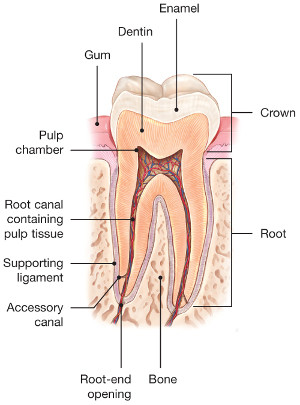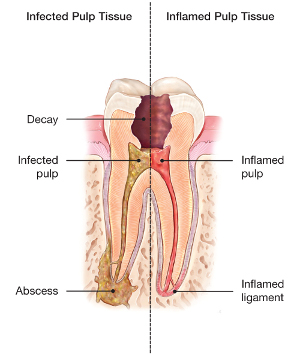Root Canal Treatment
What is a Root Canal?
If you are reading this, chances are you have been told that you need a root canal. No worries, you are in good hands and you are not alone! Millions of teeth are treated and saved with root canal therapy every year, relieving pain and making teeth healthy again.
This page explains root canal treatment and how it can relieve pain and save your teeth.

A Step-by-step guide to Root Canals
What to do after your treatment
Care post-treatment is vital. Keeping your teeth in good shape means not having to come in for retreatment later in life!



